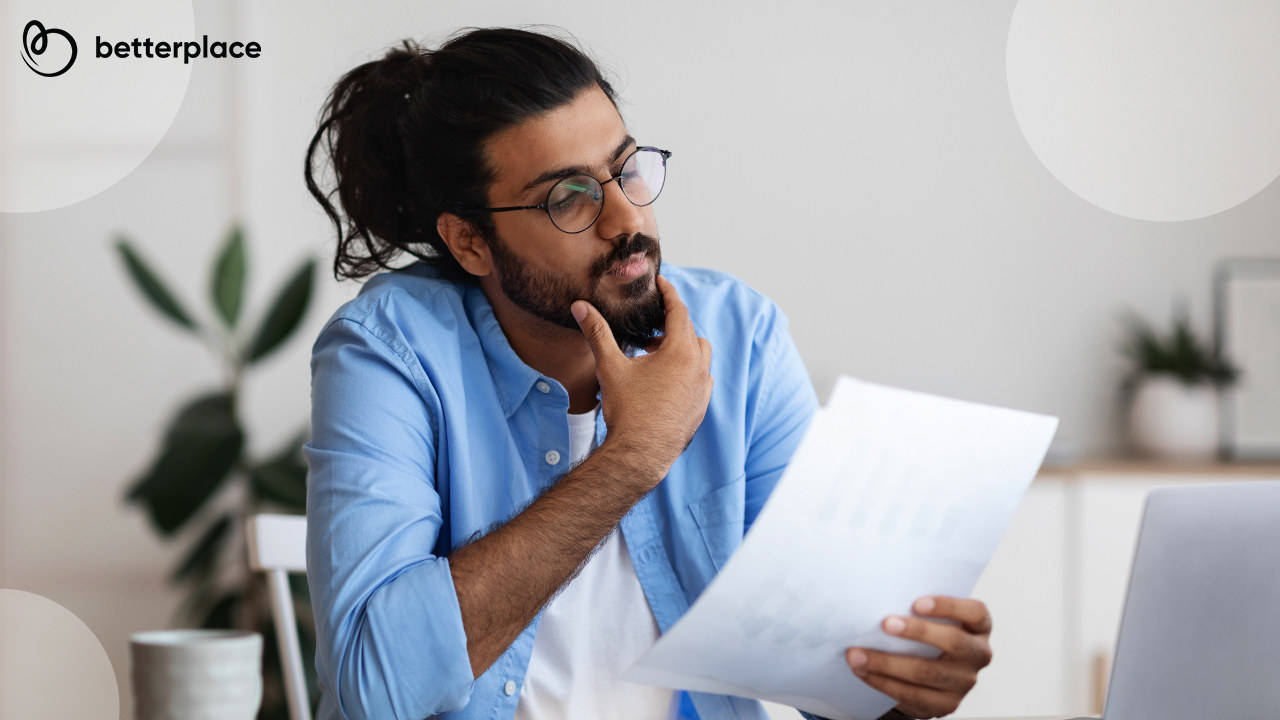The global pandemic has forced workplaces to adapt to different situations. One of the major changes that it has brought worldwide is the shift of various affairs to digital mode. Due to changes in workplace trends, employers have been forced to rely on technology for various important proceedings, and recruitment is no exception to this trend.
Digital recruitment is like a double-edged sword. Use of technology makes the recruitment process objective, bias-free and cost-effective. Technology also makes it possible to hire employees from different cities. But at the same time, there are huge chances of potential employees engaging in fraudulent behaviour to get the job.
This downside to using technology puts the company in a difficult position as it is a loss of the considerable revenue spent on recruitment along with any damages to the quality of deliverables.
Possible frauds during the recruitment process
There are several ways in which potential employees can commit fraud during the recruitment process. These include:
1. Providing false identity
The potential employees could hide their original identity and pretend to be a different person by producing fake credentials. Further, they hide any information associated with their original identity so as to not raise any suspicion.
2. Hiding information
The candidates can hide information about any mishaps they could have been a part of during their student years or at their previous workplaces. This way, they can show a clean record to their new employers.
3. Providing false information
The candidates can lie about their experience, education as well as any licensing necessary to take up a particular job. This practice might not necessarily have a fishy motive behind it, but it still becomes important to check for the same.
Whether such practices harm the company or not, the employer is certainly at risk when potential employees are engaging in risky behaviour and fraud. To mitigate them, the HR team must perform employee background verification.
Let us have a look at a few tips to prevent employee fraud.
1. Run a background check
The first step towards verifying the accuracy of the information provided by the employees is running a background check for them. There are independent agencies to whom this task can be outsourced. They may run checks for the identity of the candidate, their education and work history.
A detailed check can be beneficial to catch experience gaps, education gaps, a discrepancy in skills, different industries, multiple jobs posted simultaneously. Such false information can be dangerous for the company as the employees who are hired based on this information might be incompetent and underqualified for the job.
With a background check, the employers can rest assured of hiring the right kind of employees, and hence, not be worried about the quality of goods and services delivered to the clients.
2. Check behaviour records
Immediately after confirming the demographic details and occupational history, the next thing to check is the behavioural record of employees.
To ensure the safety of the working space and other employees, behaviour records of employees are important. Any incident of workplace violence, sexual harassment at workplace and bills for negligent behaviour as citizens should be checked upon.
3. Check the criminal records of the employees
The criminal records of the employees should be thoroughly checked before deciding to hire them. It helps employers get an idea of whether or not the potential employee was engaged in any unfair means that threatened the society.
Hiring employees with a criminal record is dangerous for the existing employees as their livelihood could be at risk. At the same time, the company may face legal proceedings if it comes to light in future that they hired an employee with a criminal record.
Hence, checking criminal records tops the employee background verification guide.
4. Verify mandatory licences
Employees hired for jobs that require them to possess a certain licence can put a company in a tight spot if it is found out that they had lied about it in the first place. It possesses a serious threat to the livelihood of employees as well as clients.
To avoid such mishaps, it is really necessary to verify all the licences that the employee is asked to produce. There should be a check done via government databases which the company can access for recruitment purposes.
5. Have a strong policy against fraudulent behaviour in place
Despite checking the candidate’s entire background and any pertinent details, there is a possibility of hidden information which might go unnoticed by the company. To prevent candidates from engaging in such behaviour, there have to be strong policies in place against such behaviour with appropriate penalties which will make them think before providing false information.
These are the areas that employers need to be cautious about while hiring employees. Now, the question remains — how can employers conduct an effective employee background verification?
1. Verification through public records of criminal and legal matters
Criminal and legal records of employees are usually available to employers. Such records help companies decipher their conduct..
2. Records from previous companies
Records of an employee’s behaviour can be requested from their previous employers. These records or testimonials help in the verification of their work experience along with getting an idea of their behaviour. It will bring to notice any unusual behaviour that they might have had which an employer would specifically want to avoid.
3. Address proof
The company can visit the address of correspondence given by the employee and check for its legitimacy.
It provides reassurance about the employee’s information, as well as their behaviour as a part of society. It also helps in finding any discrepancy in the official documents.
4. National identity record register
Every country has a record of the identity of citizens of the country. In India, specifically, Aadhaar is one of the official documents accepted everywhere. An identity check of the employee can be run on these websites as well. Since Aadhaar carries demographic information about an individual, it is easier to sniff out any discrepancies.
5. National academics depository
With the help of technology, it is now possible to verify the academic background information provided by the employees. If a company is looking for someone with certain skillsets and qualifications, they have to ensure that the employee does not provide any false information.
Not verifying this information can result in a decreased quality of work. Hence, the company should make use of the academics depository to verify such details and only then, hire the candidate.
6. National skills registry
National skills registry is a database of working professionals engaged in various tasks that require specific skills. Running a background check from here helps in providing accurate information of the kind of work exposure the candidates have had.
7. Social media
With every detail of anyone’s life now being available on social media, running a check on the candidate’s social media accounts can give employers an idea about any kind of mismanagement they could have been part of, or any kind of connections that the company personally would like to avoid.
These are a few ways to perform employee background verification. While an employer is protecting his company by running background checks, they also have to maintain employee records which can be provided to other companies upon request.
This practice not only builds trust between the companies but also strengthens faith in fair competition without engaging in any mishaps.
Related Articles:
- Pre-Verified And Pre–Skilled Talent
- Background Check For Remote Employees
- Pros and Cons of Social Media Background Checks
- Employee Background Screening Policy
- Checklist for Vendor Background Verification
- Questions To Ask Your Current Background Screening Provider
- The Right Approach to Blue Collar Verification
- Employee Verification Letters









